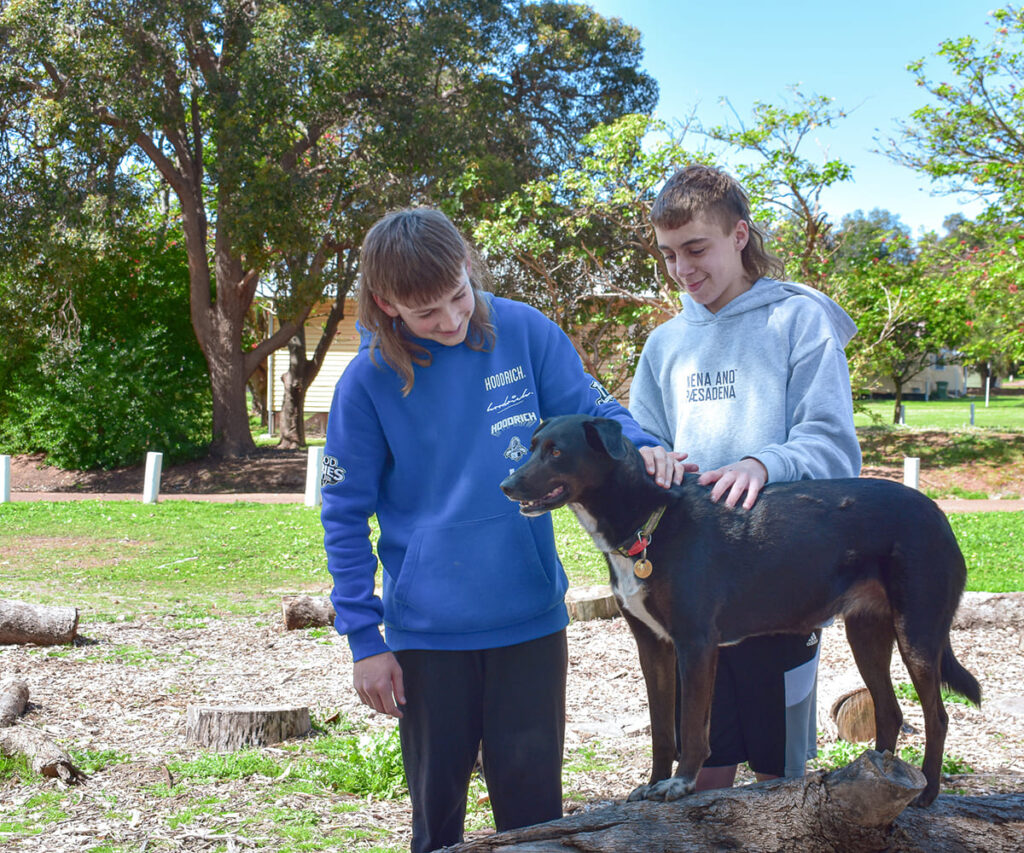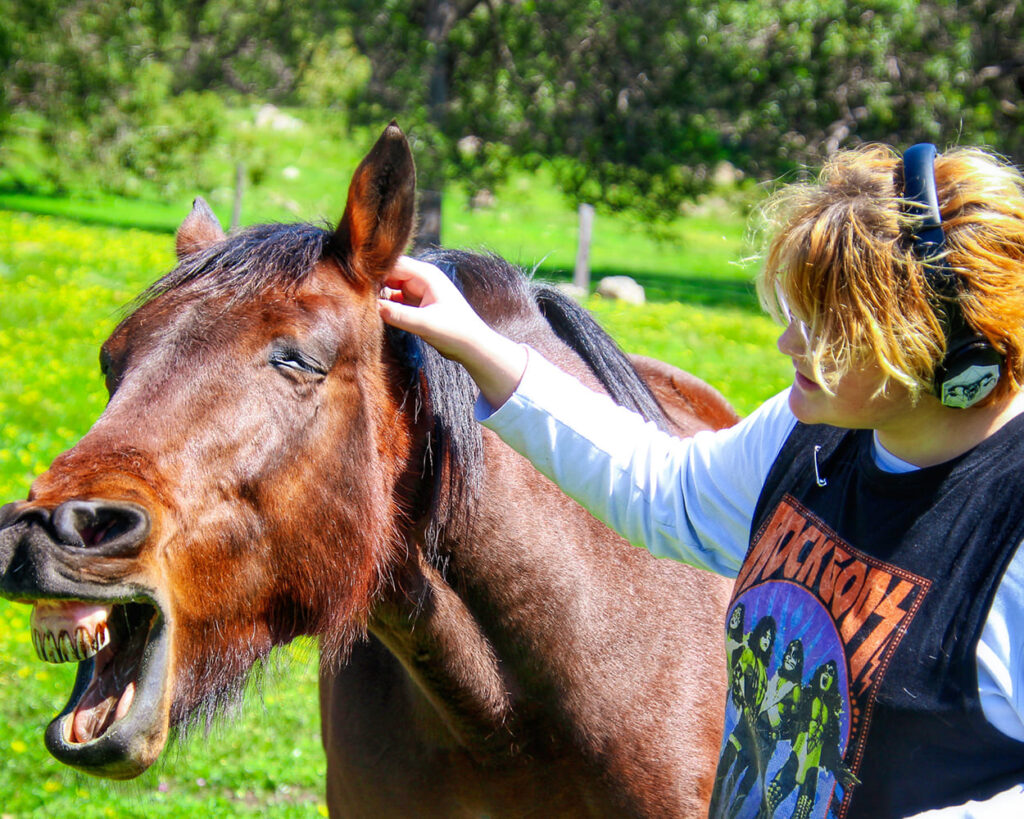
Animals have a special way of connecting with people, especially children. Whether it’s through a school-based animal program, time spent with a family pet, or hands-on learning at a farm or wildlife centre, the bond between kids and animals can be both powerful and educational.
Building Empathy and Emotional Intelligence
One of the most significant lessons children learn from animals is empathy. Animals are non-verbal, so children must rely on observation, body language, and intuition to understand how their furry, feathered, or scaly companions are feeling. This teaches kids to tune in, recognise emotions, and respond appropriately — skills that naturally transfer to their relationships with people.
Children quickly learn that if they’re rough or impatient, an animal might retreat or react defensively. On the flip side, kindness and calm behaviour often result in trust and connection. These simple but powerful experiences help shape a child’s emotional intelligence, making them more understanding and compassionate towards others.

Responsibility and Routine
Taking care of animals, whether in a structured school environment or at home, naturally introduces children to responsibility. Feeding, grooming, cleaning, and even just spending quality time with an animal require consistency and attention — things that don’t always come easily to kids.
In many educational settings, programs involving animals or farm activities provide students with regular tasks like feeding chickens, mucking out stalls, or collecting eggs. These activities build accountability. Kids soon realise that animals depend on them, and that their actions directly impact another living creature’s wellbeing.
Learning to care for animals helps children develop a sense of routine and pride in seeing their efforts pay off. It’s a hands-on way of showing kids that following through on commitments really matters.
Boosting Confidence and Self-Esteem
There’s something incredibly empowering about building trust with an animal. Many children, especially those who struggle socially or academically, find confidence through these interactions. Animals don’t judge. They don’t care about test scores or popularity. They respond to care, attention, and respect.
When a shy student teaches a dog a trick, or a hesitant child learns to lead a horse, it becomes a real win — a confidence boost that sticks. These moments prove to kids that they’re capable of achieving things they didn’t think possible. This confidence can spill over into the classroom, helping students tackle other challenges head-on.
Communication Without Words
Animal interactions naturally improve children’s non-verbal communication skills. Kids learn to read body language, tone of voice, and subtle cues to figure out how an animal is feeling. Is the dog wagging its tail or baring its teeth? Is the rabbit relaxed or trying to escape?
By focusing on these non-verbal cues, children sharpen their observational skills and learn how their own actions, facial expressions, and body language affect the world around them. These lessons are invaluable in human interactions, particularly when it comes to recognising when a friend, classmate, or family member is upset — even if they’re not saying it outright.
Emotional Regulation and Calming Effects
Spending time with animals has a naturally calming effect. Numerous schools, community programs, and families are embracing animal-assisted learning because it helps kids regulate their emotions, reduce anxiety, and cope with stress.
Children who have difficulty managing their emotions often find animals easier to connect with than people. Animals provide a judgment-free zone where kids can express themselves, calm down, or simply enjoy the moment.
Hands-On Learning and Practical Life Skills
Interacting with animals also opens the door to countless practical skills. Whether it’s measuring out food, learning about hygiene, understanding animal anatomy, or getting hands-on experience with farm chores, kids develop real-world knowledge that sticks.
Many educational programs now weave animal care into the curriculum, allowing children to explore topics like biology, environmental science, and nutrition in an engaging, hands-on way. Instead of learning from textbooks, kids are out there doing — feeding lambs, grooming ponies, or cleaning out enclosures.
Respect for Nature and the Environment
Animals are a great gateway for children to connect with nature. When kids form bonds with animals, they naturally start to develop a deeper respect for all living things. This connection often sparks a curiosity about the environment, conservation, and how humans fit into the bigger picture.
Inclusion and Accessibility
Animal interaction programs are also an excellent tool for creating inclusive learning environments. For children who struggle with traditional classroom learning, have additional needs, or find social situations challenging, animals offer a different kind of connection — one that feels safe, predictable, and rewarding.
Animals don’t care about language barriers, learning difficulties, or social awkwardness. They meet kids exactly where they’re at. This allows children of all abilities to participate fully and experience the same sense of achievement, connection, and pride.

Encouraging Problem Solving and Critical Thinking
Working with animals also teaches children to think on their feet. Animals can be unpredictable — one minute a goat is happily eating, the next it’s trying to escape the pen. These moments push kids to assess situations quickly, make decisions, and solve problems.
Wrapping Up
Interacting with animals offers children a rich and varied learning experience that goes well beyond the classroom. It teaches empathy, responsibility, and confidence while helping kids develop practical skills and emotional resilience. Whether through dedicated animal programs, school farms, or simply spending time with a pet, these experiences prepare children for life in ways few other activities can.










